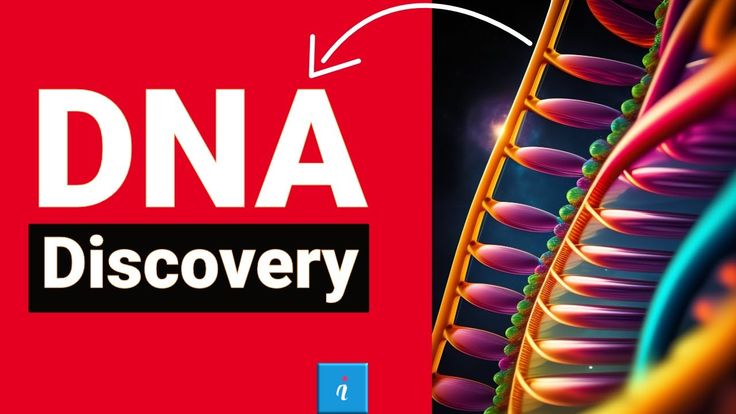Navigating Genetic Surprises
Emotional and Psychological Best Practices for Family Reunification
Keywords:
genetic surprises, unexpected DNA results, identity disruption, biological connections, identity, family relationships, mediation, emotional impact, family secretsAbstract
This project explores the emotional and psychological impact of unexpected DNA results, often called genetic surprises. As more people use at-home DNA testing kits, many discover biological connections they didn’t know existed, such as different parents, siblings, or extended relatives. These surprises commonly result from adoption, donor conception, or long-held family secrets. For some, the findings offer clarity; for others, they trigger identity disruption, grief, or relational conflict. Many individuals report a sense of disconnection between their upbringing and newly revealed biological truths. This capstone examines how people navigate these discoveries, personally and within their families, and identifies best practices for promoting healing and understanding. It emphasizes the value of trauma-informed therapy, structured communication, and restorative mediation to address the emotional and relational challenges that arise. The study also highlights the importance of community support and interdisciplinary collaboration among genealogists, therapists, and mediators. By centering individual identity and family well-being, this project offers practical tools and inclusive approaches to help individuals integrate unexpected truths into their lives and relationships. The goal is to support compassionate care, ethical practice, and stronger connections as people come to terms with what their DNA reveals.

Downloads
Published
How to Cite
Issue
Section
License
Copyright (c) 2025 Gerald R Papica

This work is licensed under a Creative Commons Attribution-NonCommercial-NoDerivatives 4.0 International License.




